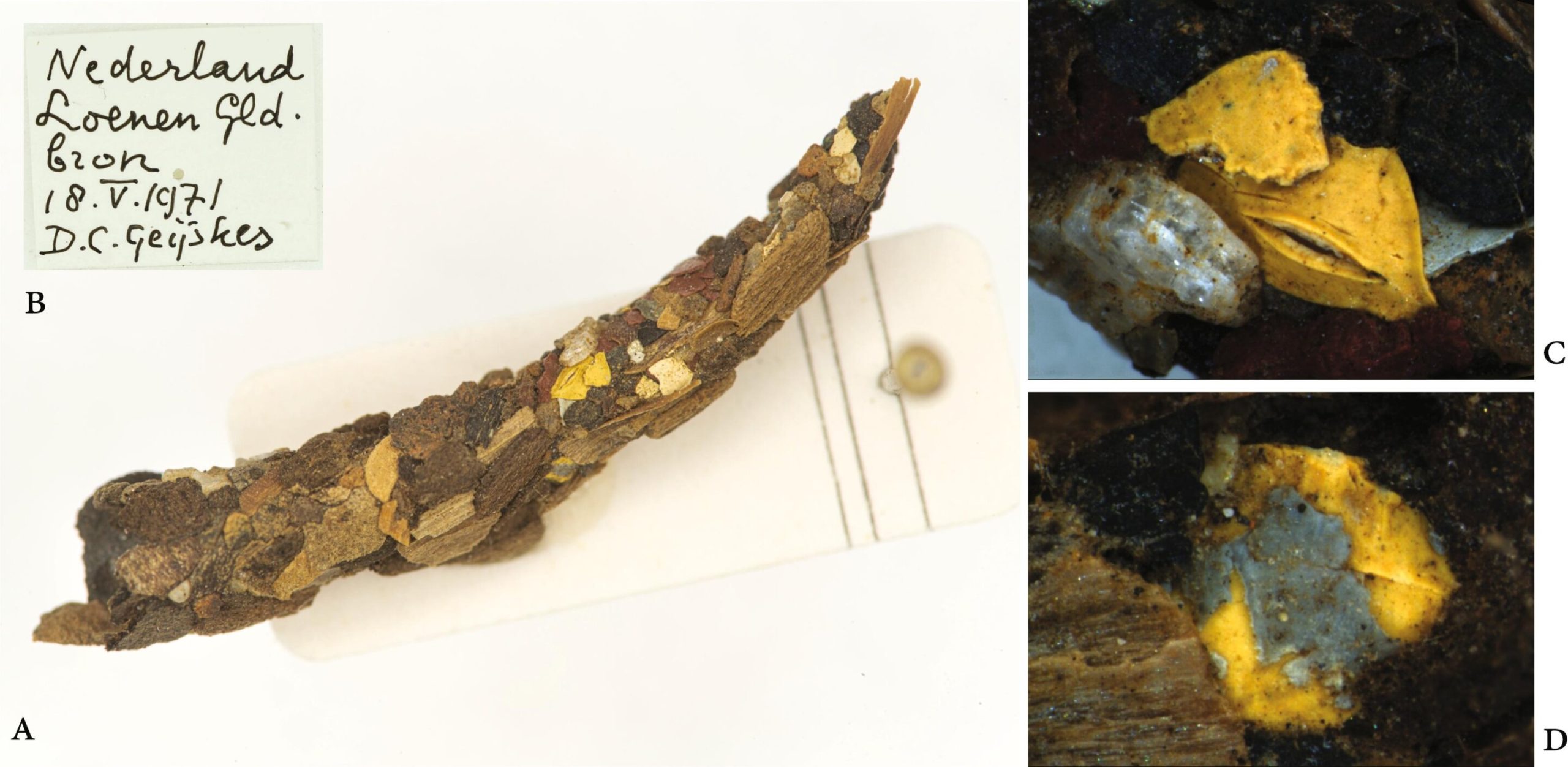Microplastics in Caddisflies Casings
Recent research from the Naturalis Biodiversity Center in the Netherlands has uncovered a concerning trend regarding caddisfly larvae. Evidence shows that these insects have been using microplastics in their casings since the 1970s. This finding marks the long-standing issue of environmental contamination by plastics. The study, published in the journal *Science of The Total Environment*, analysed preserved caddisfly casings, revealing the integration of synthetic materials into their natural habitats.
Caddisfly Overview
Caddisflies belong to the order Trichoptera. They are found globally, primarily in freshwater ecosystems like lakes and rivers. These moth-like insects lay their eggs in jelly masses. After hatching, the larvae create protective cases from nearby materials. Traditionally, these materials include sand, stones, and organic debris.
Discovery of Microplastics
The researchers examined 549 preserved caddisfly casings from natural history collections. They discovered microplastics in samples dating back to 1971. Brightly coloured synthetic particles were embedded in the casings. Analysis confirmed the presence of elements associated with plastics, such as sulphur and titanium.
Historical Context
This study is as it predates previous findings of microplastics in freshwater species. Earlier studies noted microplastics in fish from the 1950s onward. However, this research focuses specifically on insects from remote freshwater environments. It suggests that microplastic contamination has been an issue for over 50 years.
Implications of Microplastic Use
The inclusion of microplastics in caddisfly casings raises concerns. Brightly coloured particles may increase visibility to predators, making larvae more vulnerable. Additionally, the structural integrity of casings could be compromised. Plastics are less dense than natural materials, potentially reducing stability in flowing water.
Environmental Concerns
The study emphasizes the need for further research on the effects of microplastics on freshwater invertebrates. The interaction with plastics may expose these organisms to harmful chemicals and toxic metals. The researchers call for a deeper understanding of how these contaminants affect aquatic ecosystems.
Importance of Natural History Collections
The findings tell the significance of preserving long-term data within natural history collections. These collections provide valuable vital information about historical environmental changes. They reveal trends in contamination and the impact of human activity on biodiversity.
Month: Current Affairs - April, 2025
Category: Environment Current Affairs






